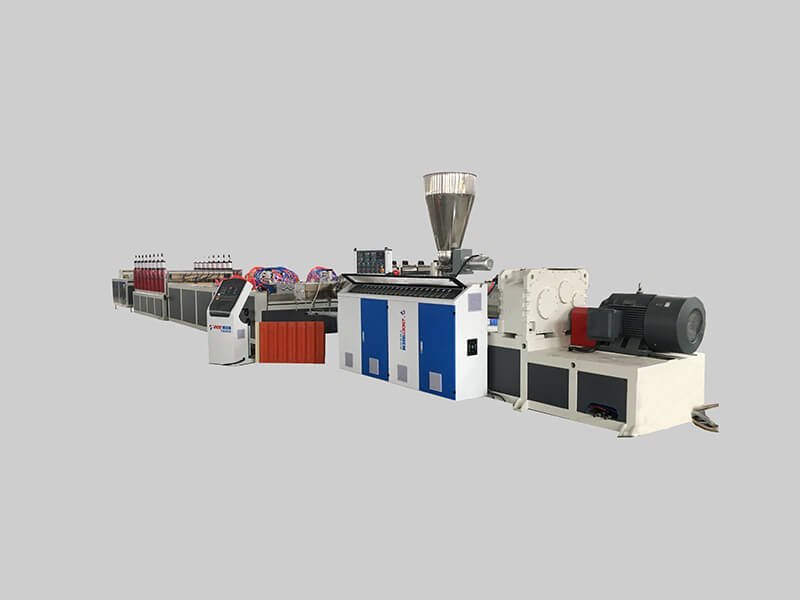Copyright © 2021 JiangSu Acemien Machinery Co.,Ltd. All rights reserved. Site Map Powered by Junet

The twin-screw extruder is developed on the basis of the single-screw extruder. Due to its good feeding performance, mixing and plasticizing performance, exhaust performance, and extrusion stability, it has been widely used in the production of extruded products. Molding processing.
1. It is necessary to find out the real state change of two or more polymers and materials during the extrusion process, the mixing form, the process of structural change, and the relationship between the final mixture and its performance.
2. The law of physical state change in the extrusion process, the principle of transportation, the transportation of solids and melts, the truth and law of exhaust, and the establishment of mathematical and physical models to guide the design and operation of twin-screw extruders Optimization of the extrusion process.
3. As a twin-screw extruder, the internal model of the reaction process, speed, performance, screw configuration, and operating conditions during extrusion reaction molding is used to guide reaction molding extrusion.
In the initial stage, people had insufficient understanding of the working mechanism of the twin-screw extruder, and some problems encountered in the design and manufacture of the machine were also difficult to solve. It was not until the late 1960s that a machine suitable for twin-screw extrusion was developed. The special thrust bearing of the extruder solves the problem that the bearing has a strong axial and radial bearing capacity in the small space between the two screws, making the twin-screw extruder very reliable in terms of mechanical structure. Currently, twin-screw extruders are very common in the polymer processing industry. The two main application areas of twin-screw extruders are: extrusion of heat-sensitive materials, such as PVC pipes and profiles; processing of special polymers, such as blending, venting, chemical reactions, etc.